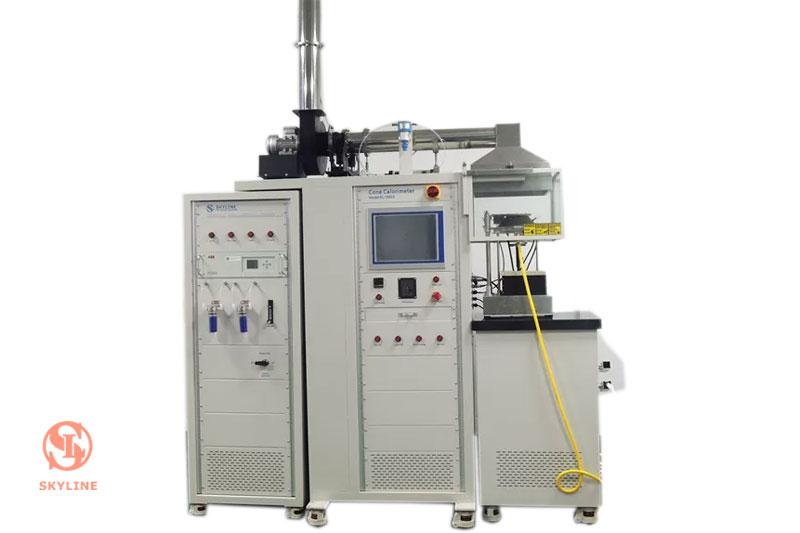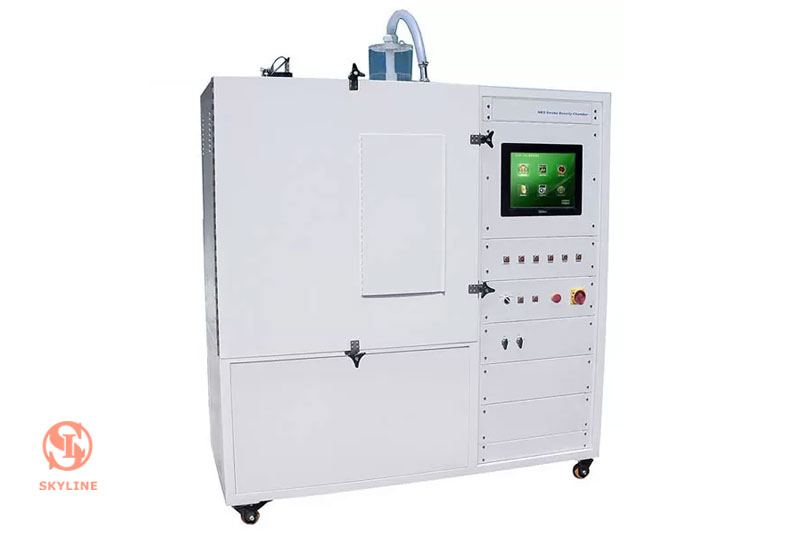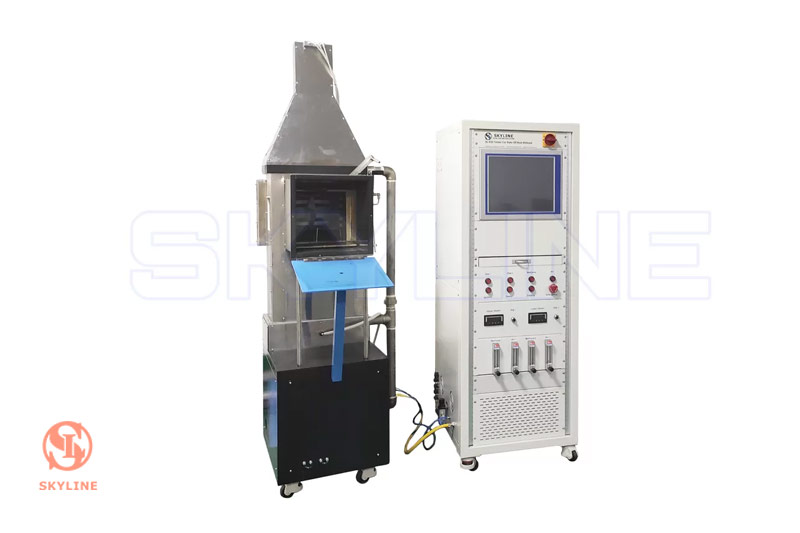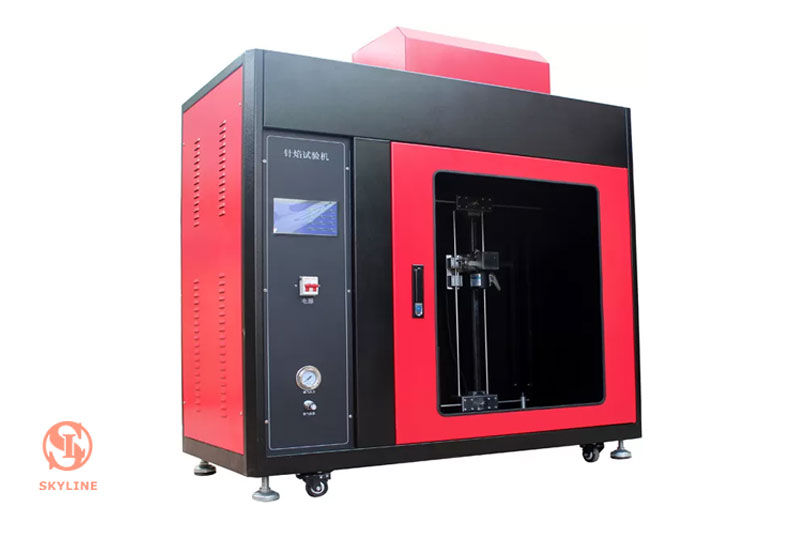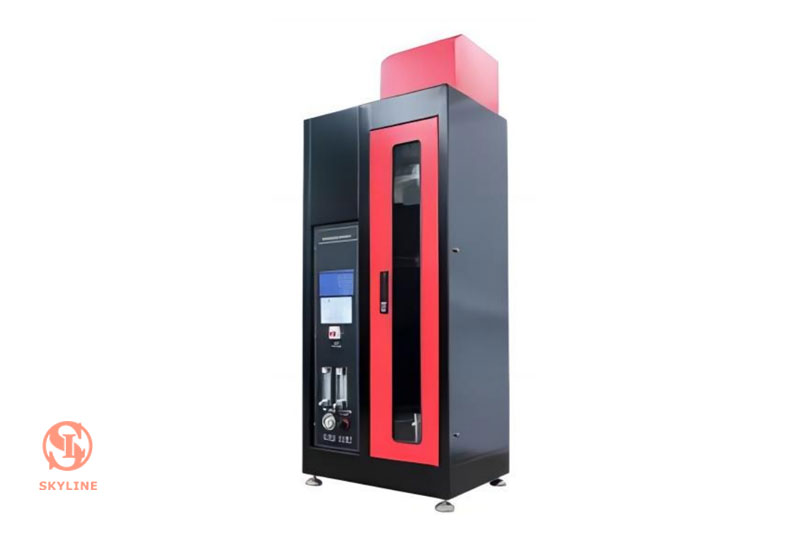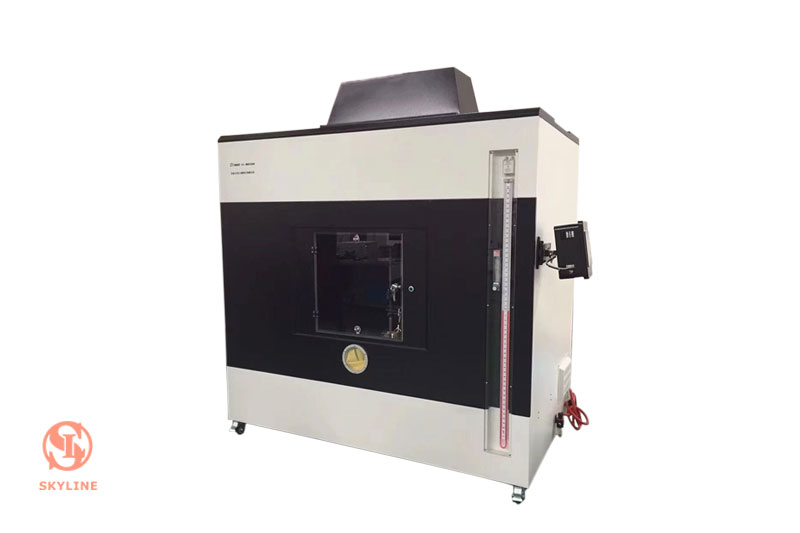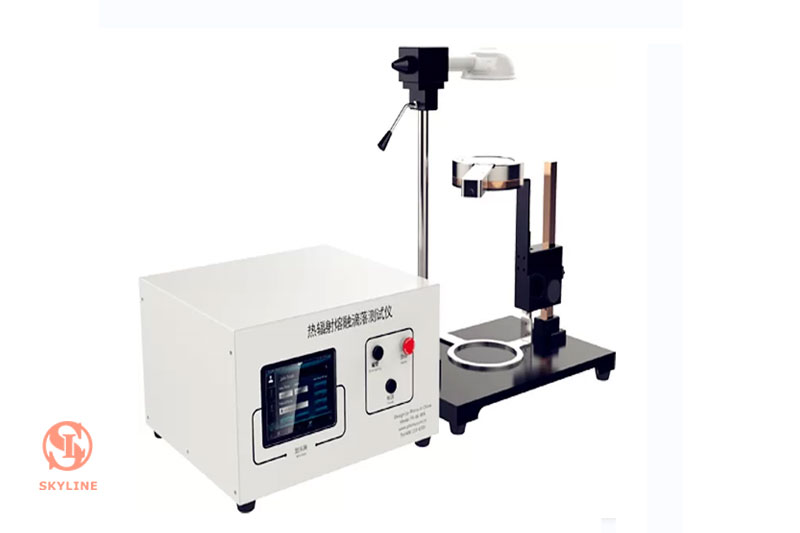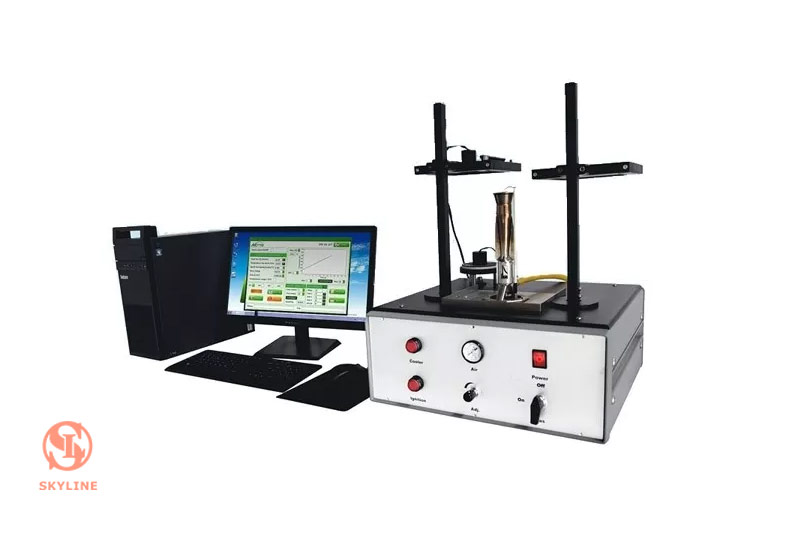smoke density chamber test
Time: Author: SKYLINE Editor
Smoke density is a measure of the amount of smoke that is produced when a material burns. It is typically expressed in terms of the amount of light that is scattered by the smoke particles in a given area. When a material burns, it releases smoke particles into the air. These particles scatter light in all directions, and the more particles there are, the more light is scattered. A smoke density chamber test measures the amount of light that is scattered by the smoke particles in a controlled environment, such as a laboratory chamber.
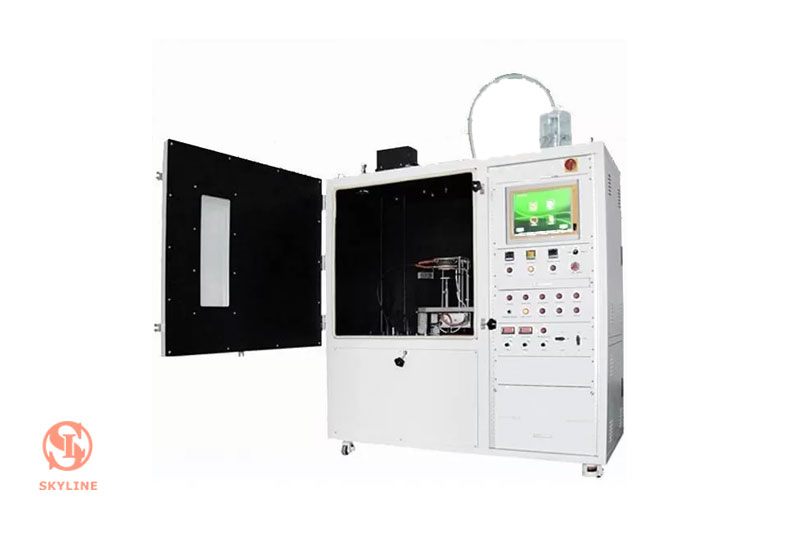
The principle behind a smoke density chamber test is that the more smoke that is produced, the greater the amount of light that will be scattered. Therefore, the higher the smoke density, the higher the amount of light that will be scattered. This allows researchers to accurately measure the smoke density of a material and determine its fire safety and performance.
There are several steps involved in performing a smoke density chamber test. Here is a general outline of the process:
1.Prepare the chamber: The chamber should be clean and free of any debris or contaminants that could affect the test results. The temperature, humidity, and airflow in the chamber should also be carefully controlled to ensure that the test conditions are consistent.
2.Place the sample in the chamber: The sample to be tested is typically placed in a holder or tray within the chamber. The size and location of the sample should be carefully controlled to ensure that the test is conducted consistently.
3.Ignite the sample: The sample is ignited using a controlled ignition source, such as a spark or flame. The sample should be ignited at a consistent location and in a consistent manner to ensure that the test results are reliable.
4.Measure the smoke density: A smoke meter is used to measure the amount of light that is scattered by the smoke particles in the chamber. The smoke density is typically measured at regular intervals during the test to determine how the smoke density changes over time.
5.Analyze the results: The results of the test are analyzed to determine the smoke density of the sample. This information can be used to evaluate the fire safety and performance of the material, as well as to design and improve fire safety systems.
There are several factors that can affect the results of a smoke density chamber test. These include the size and shape of the sample, the type of ignition source used, the temperature and humidity of the chamber, and the airflow within the chamber. It is important to carefully control these factors to ensure that the test results are consistent and reliable.
In addition to measuring the smoke density of a material, a smoke density chamber test can also be used to evaluate the effectiveness of fire retardant treatments. By applying a fire retardant to a sample and then conducting the test, researchers can determine how well the treatment performs in reducing the smoke density of the material.
Overall, a smoke density chamber test is a valuable tool for evaluating the fire safety and performance of materials, as well as for designing and improving fire safety systems.

